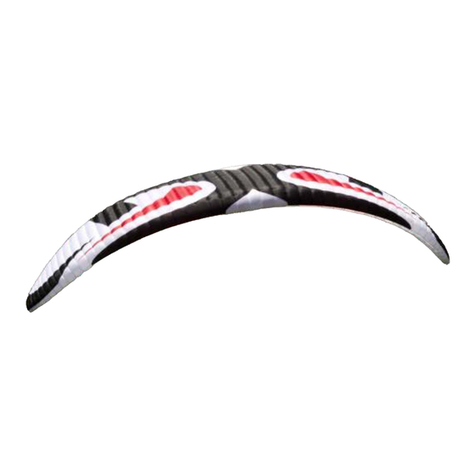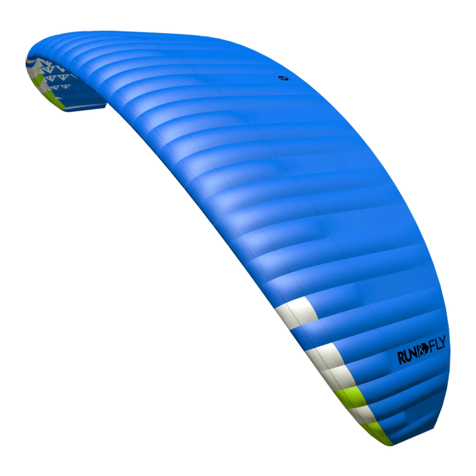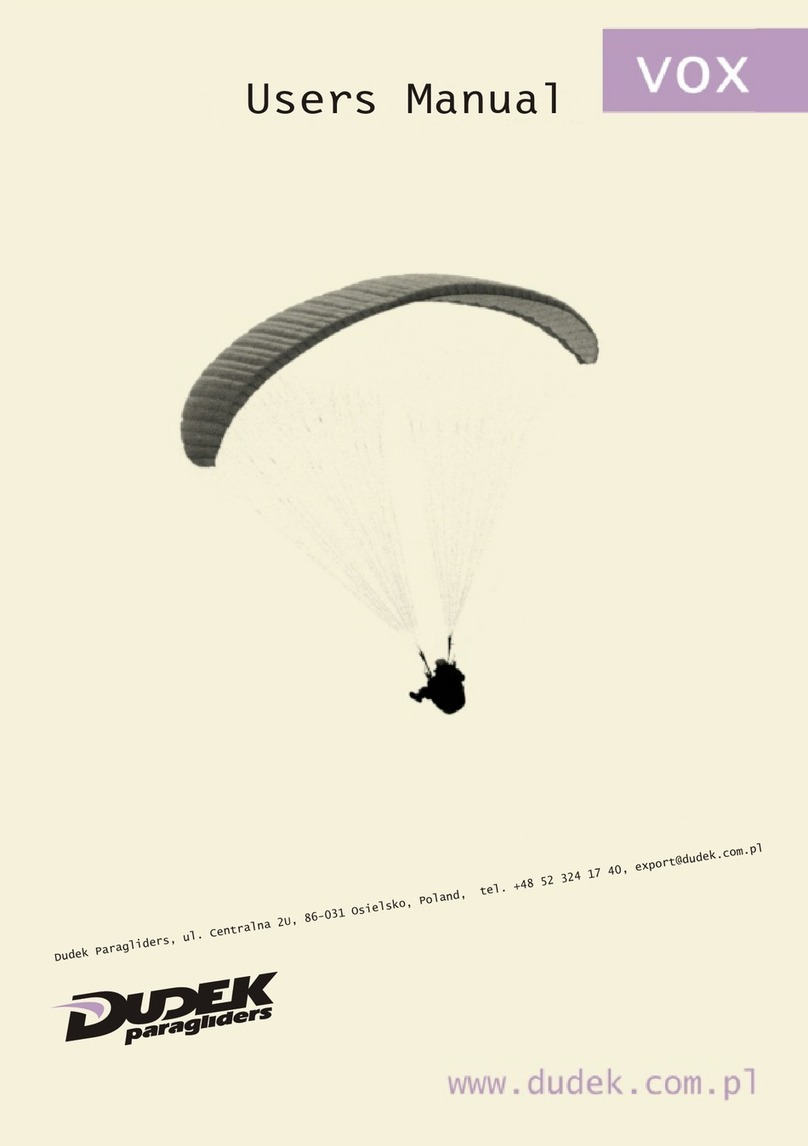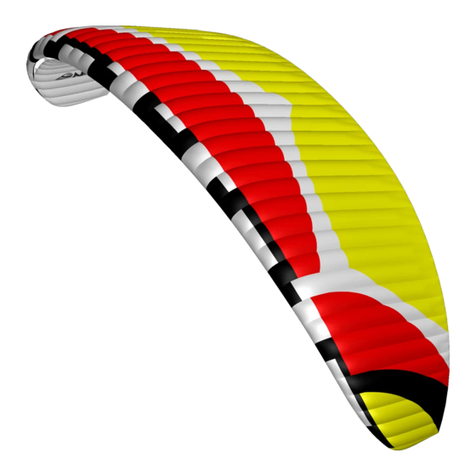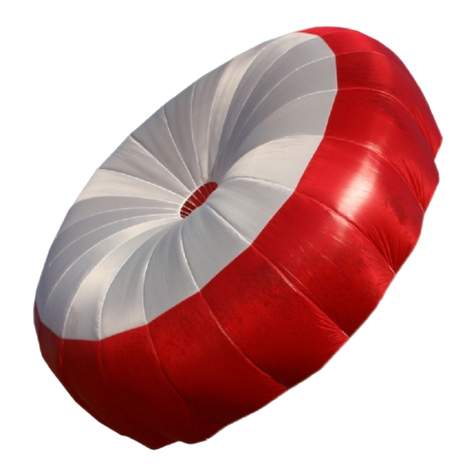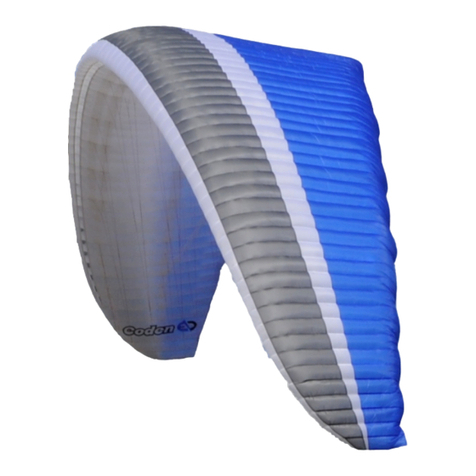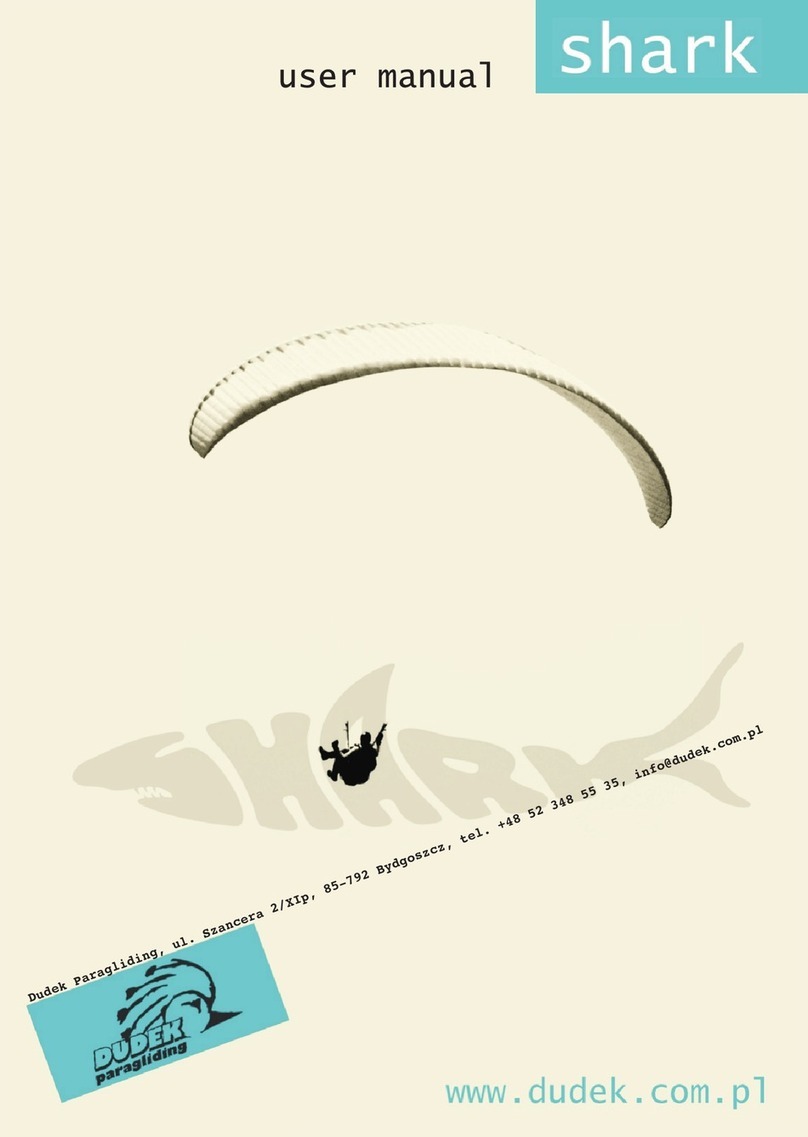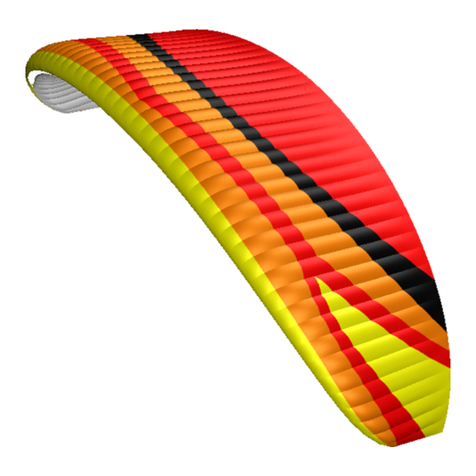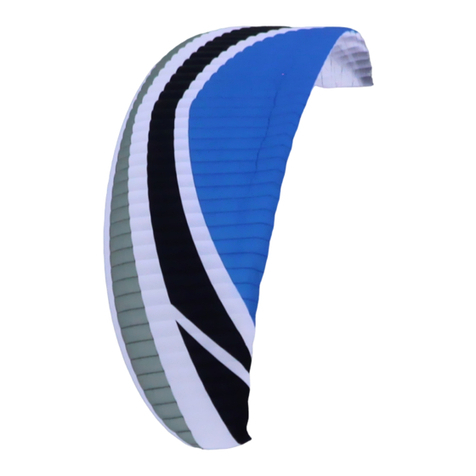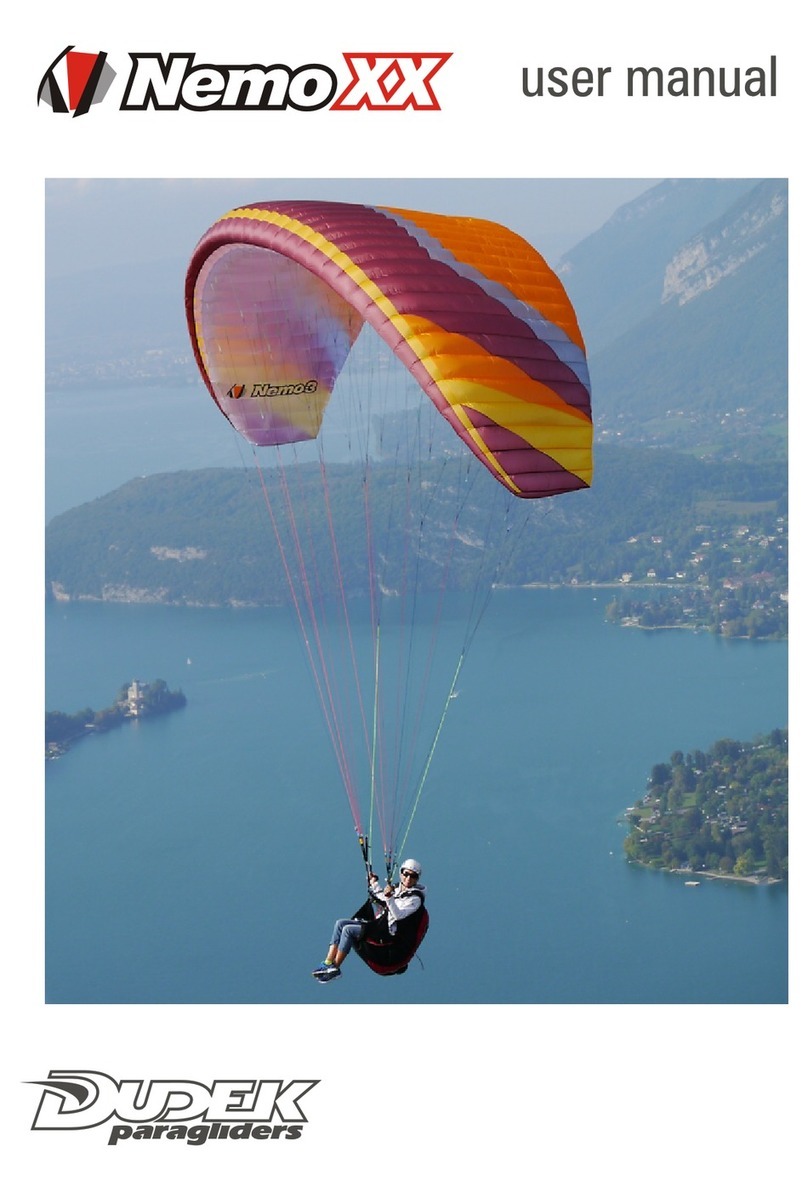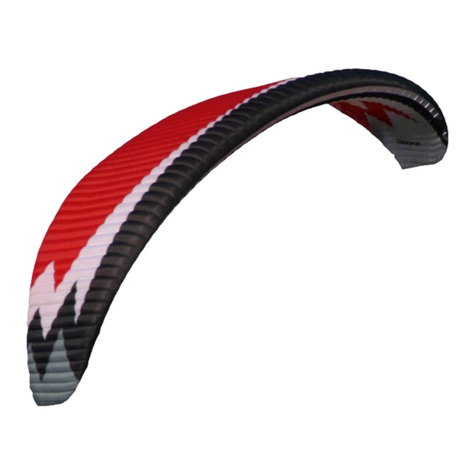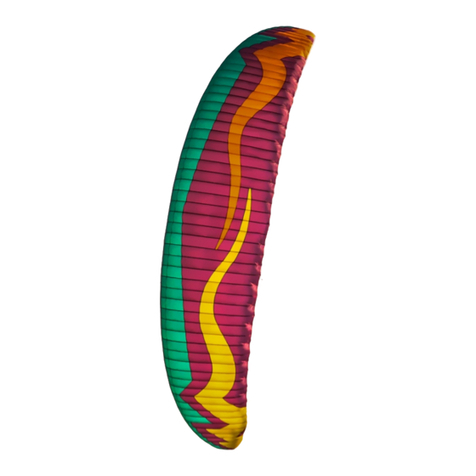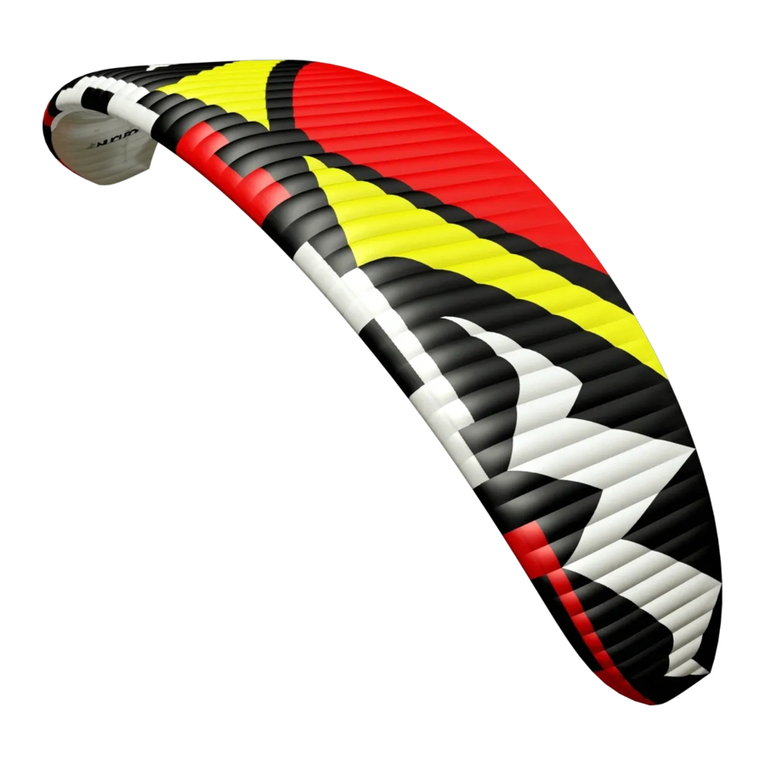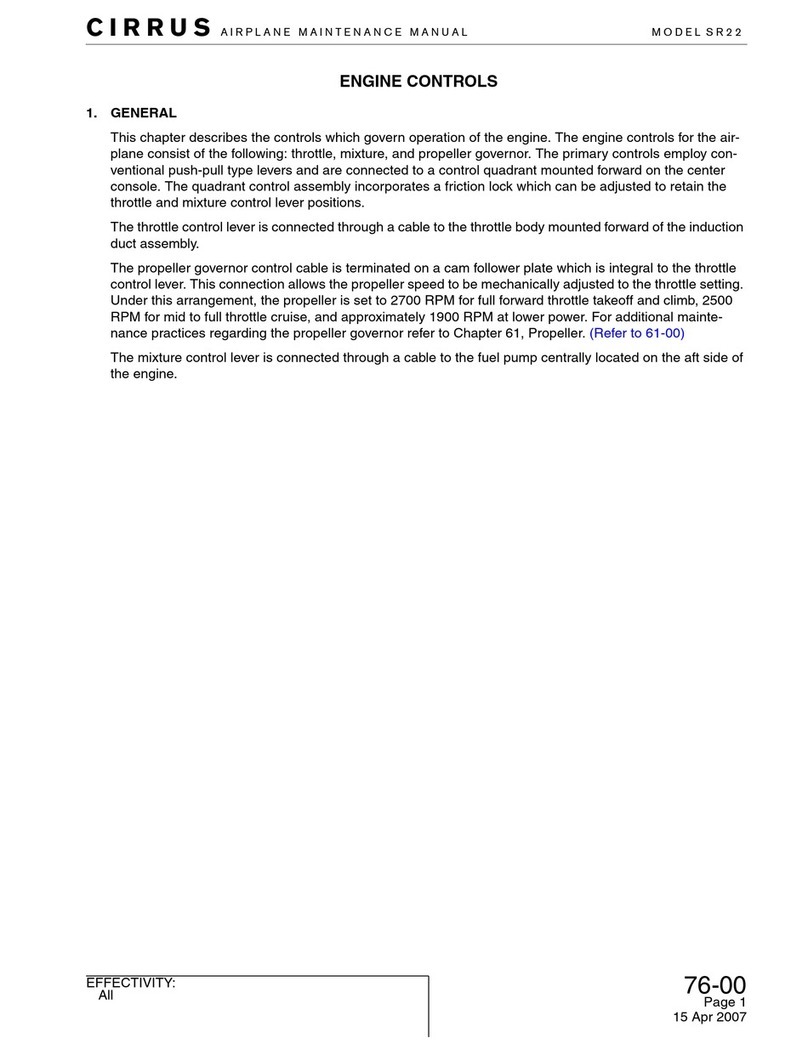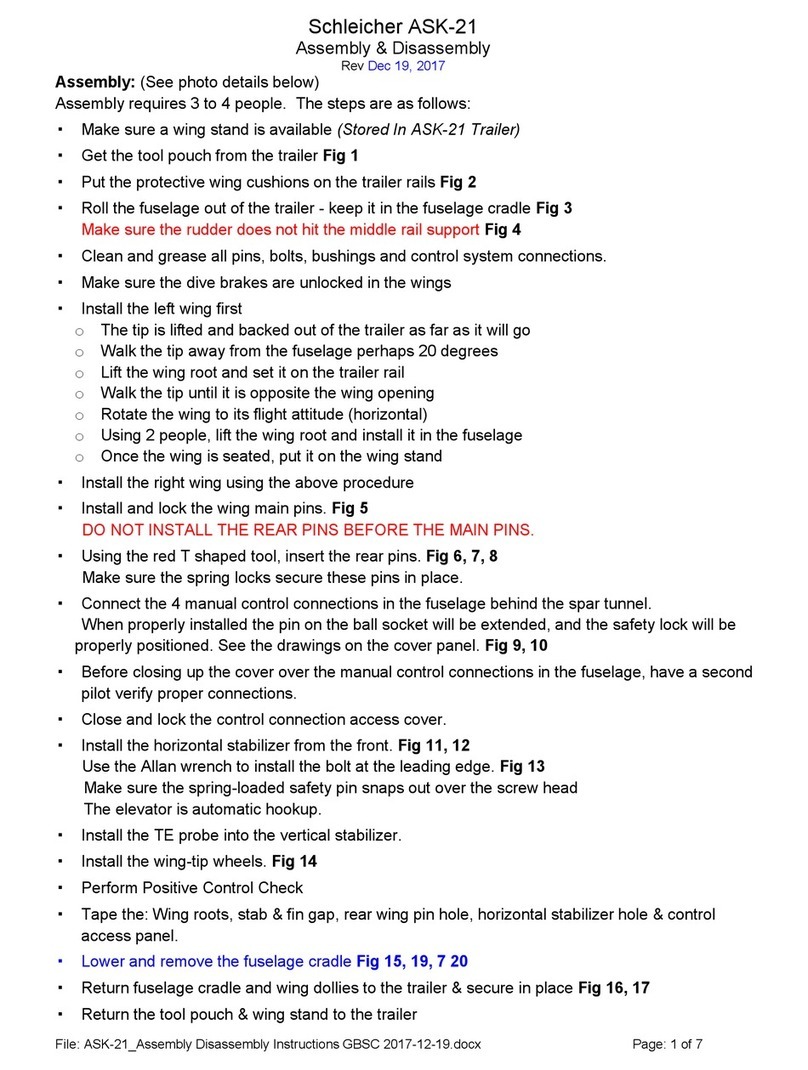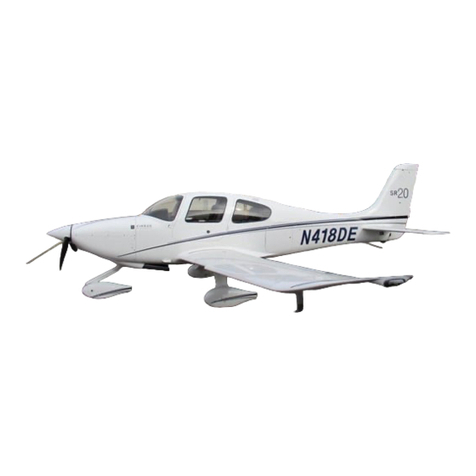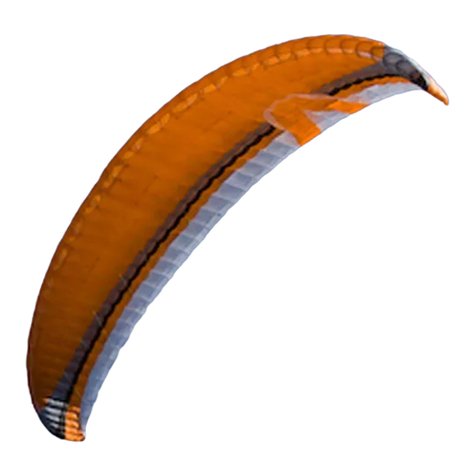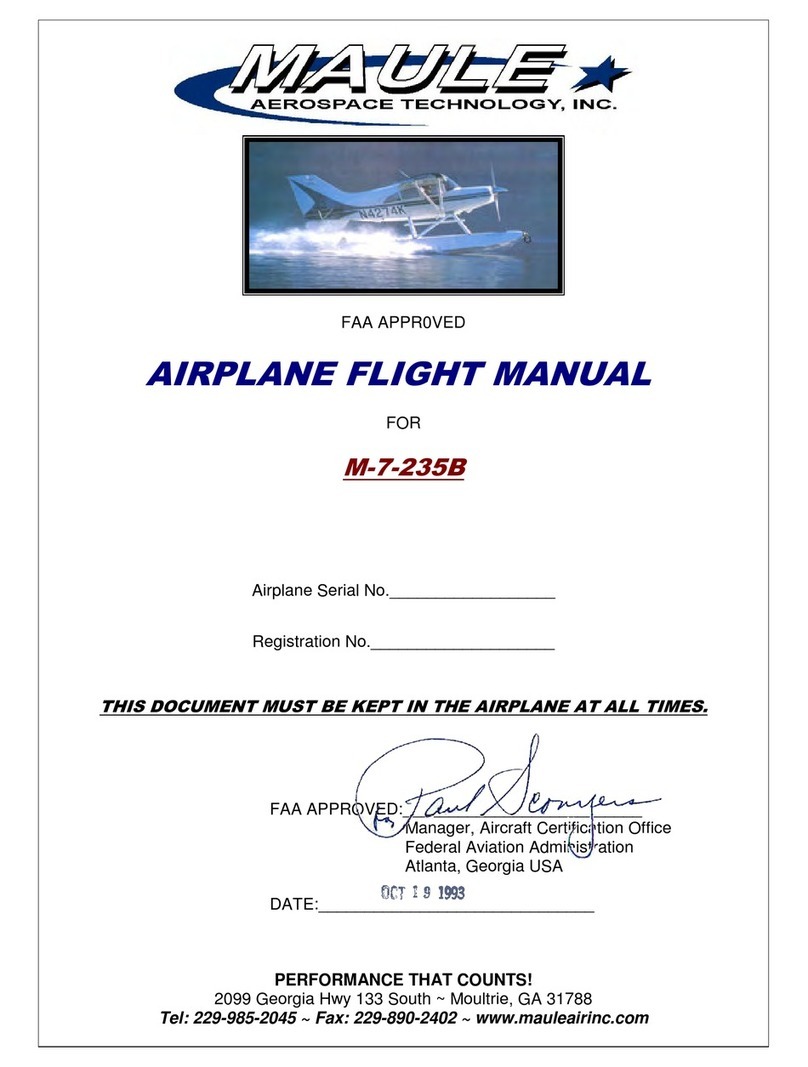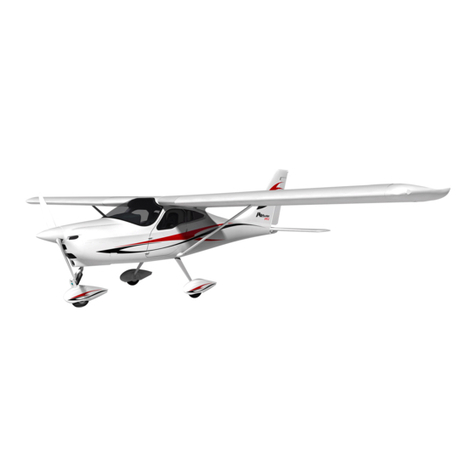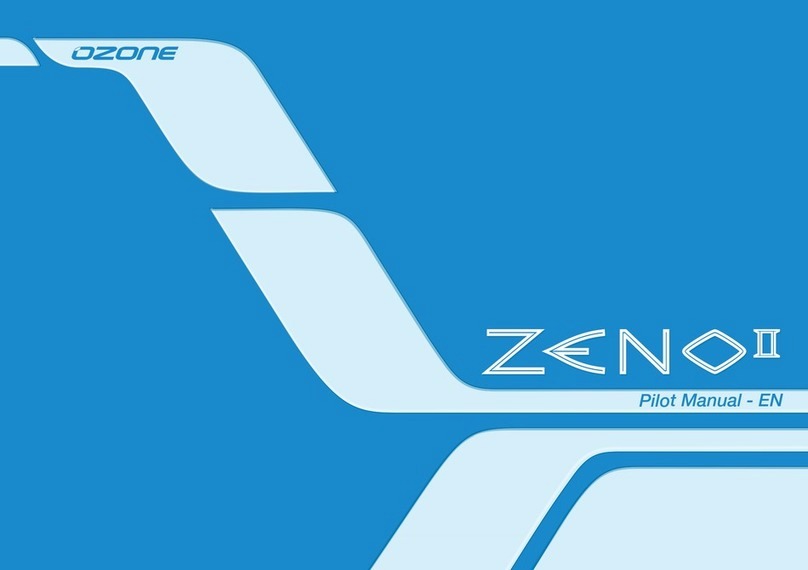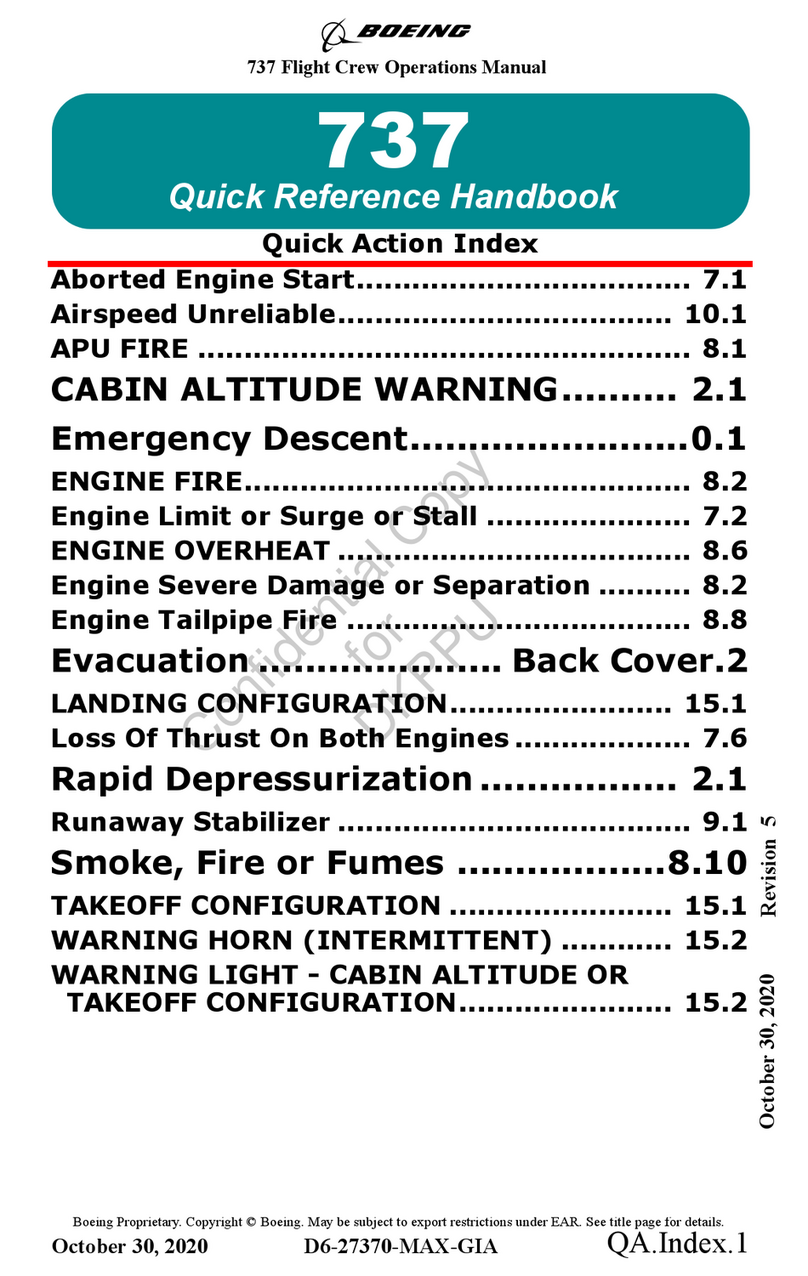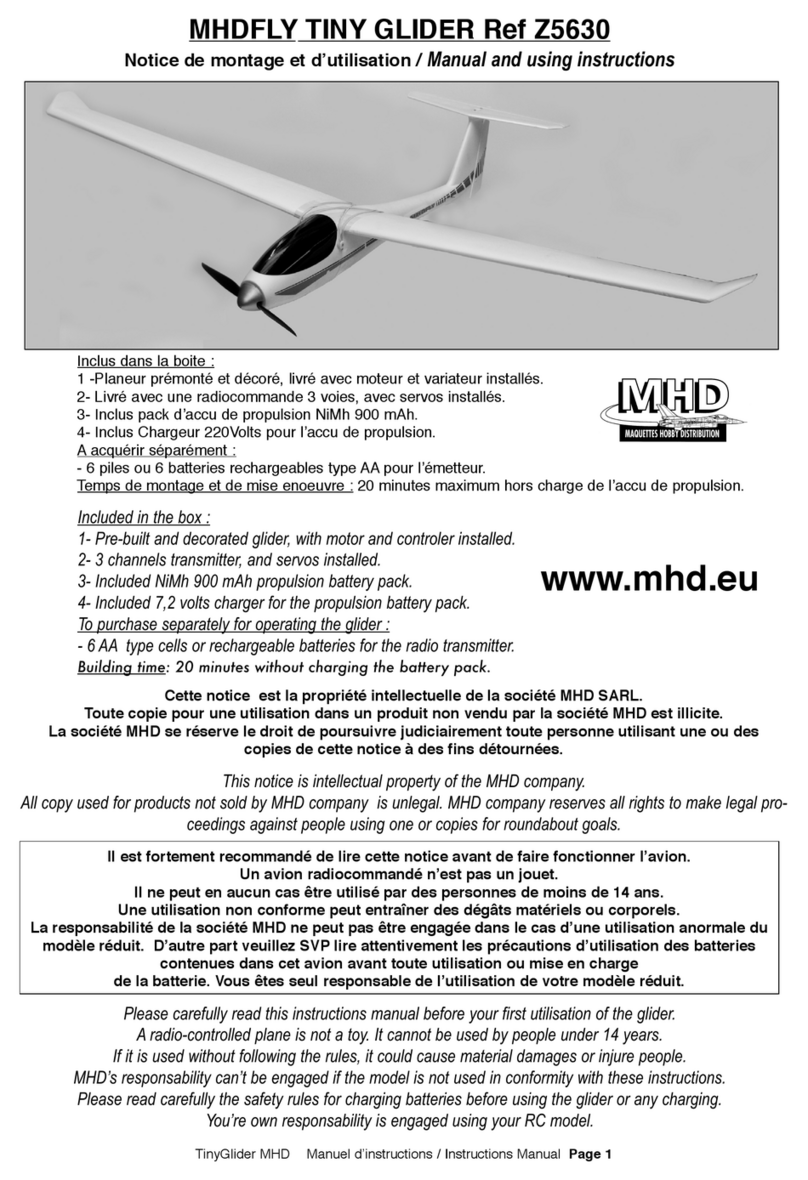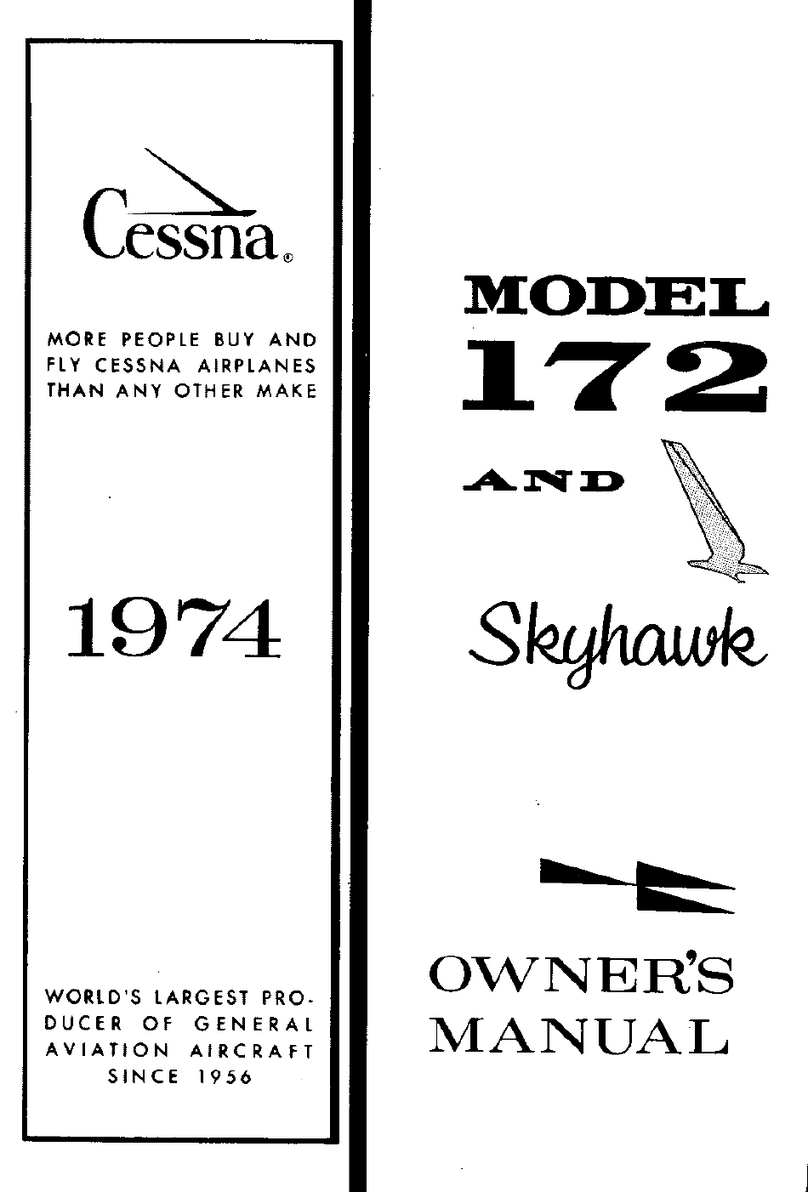DESIGN
Canopy of the Orca XX body was designed in our CSG (Canopy Shape
Guard) system, comprising a number of elements resulting in exceptional
coherence and stability of the shape.
Below you will find a short description of CSG
subsystems.
Orca XX has an elliptic shape with slightly back-swept
wingtips. The canopy is made of doubled cells, with
ribs supported with VSS (V-Shaped Supports) system. Such design
guarantees that the canopy stays rigid, the upper surface is smooth with
correctly reproduced aerofoil, and what is most important we have fewer
suspension points (thus reducing overall lines' length and drag).
Inside the canopy there is RSS (Reinforcing Strap System) applied on the
lower surface. RSS is a ballooning-independent reinforcements system
made entirely of paragliding fabric, effectively stiffening and stabilizing the
canopy.
The aerofoil was perfected with DOA technology
(Dudek Optimized Airfoil). It merges all our
experiences stemming from previous designs and as a
special feature is optimized with dedicated CFD
engineering software.
The air intakes are placed on the lower surface close to
the leading edge, placed so that max pressure point
remains in the area at possibly many states of flight.
They are designed and executed in Shark-nose
technology, meaning specific, concave shape of the
reinforced profile area at its leading edge (the name comes form the very
shape, reminding shark's nose). Due to such shape the intakes can be
smaller and moved a bit back, so that leading edge remains undisturbed and
offers smooth airflow. The internal pressure of the canopy stays stable within
wide speed range. In everyday flying this results in greater resistance to
stalls (e.g. when thermalling) and front collapses at high speeds.
The suspension points areas are additionally reinforced with laminated fabric
so that loads are equally distributed on three planes: vertically (with the ribs),
diagonally (with VSS system) and level through RSS.
All crossports have been prepared with application of OCD (Optimised
Crossports Design). Carefully designed shapes of the openings and their
optimal placement between stress lines guarantee efficient pressure
distribution in the canopy and its quick inflation. These openings are scaled
together with the ribs, so that their replicability is flawless and they do not
disturb the aerofoil in any way.
6
